This German Katzbalger sword is based on an original in the Solingen Klingenmuseum dated to 1530 – 1550. Its broad blade is hand-forged from resilient C60 high carbon steel – a steel with properties similar to 1060 high carbon steel. The robust S-shaped guard and pommel are crafted from blued steel and the grip is well-carved and finely polished wood. Brass embellishment on the hilt completes the sword. Included is a durable wood-core scabbard which is tightly bound in well stitched high quality genuine leather. A chape and locket of blued steel with brass detailing to match the sword completes the scabbard.
The iconic German and Swiss Landsknecht mercenary companies were a dominating force on the late 15th and 16th century battlefield. Impossible to miss with their outlandishly colored and voluminous style of dress, their carnival-esque appearance and predilection for purposed swagger was a velvet glove over an iron fist; their mercenary companies were a disciplined core of pikemen and halberdiers supplemented by greatswords and eventually arquebusiers. As their lives were deemed to be “short and fierce” these men were permitted to break social dress code laws and dress themselves in colors and stylings usually reserved for nobility and the distinct styling of their armaments reflected a desire for bold fashion crossed with grim utility. Though polearms and larger weapons were primary weapons, the secondary sidearm weapon for almost all of these mercenary troops would have been a Katzbalger or Messer. The Katzbalger in particular was optimally designed for the type of warfare that Landsknecht mercenary companies engaged in. Battlefield engagements often resulted in a clash of pike and halberd regiments and in the scrum of such a chaotic melee a shorter sword would be needed so that it could operate without entanglement.
In such an environment, breakage of primary weapons was not uncommon, and should the clashing polearm regiments end up pushed closer together by pressure from the rear ranks it could be necessary for the front ranks to drop their poleweapons in order to deal with opportunistic combatants who would engage at close range with shorter weapons to disrupt formation. The Katzbalger is ideal for desperately fiece, close-in combat in such an environment. The blade is both broad and exceptionally durable in its design which is necessary in an environment in close proximity with weapons as brutish as halberds and greatswords. The S-shaped guard on these are often thick and appear overbuilt and very wide to a casual glance, but were probably constructed durably and to these exagerrated dimensions so that the bearer could stop a wayward strike from a poleweapon on the guard without breaking or injuring the bearer.
The lack of a thrusting tip on these swords is probably so that the sword can stay wider for a farther length up the blade, this effectively brings its most useful cutting portion farther forward and closer to the tip than many other swords of similar length, thus allowing for effective cutting at the near extremities of the blade length, without needing the blade to be so long as to be entangled in a dense poleweapon-heavy combat. The Katzbalger is easily one of the most recognizable and unique swords of the period and its design seems to be a convergence of practical utility in a specialized combat environment crossed with the ostentatious tastes of fashion and swagger that Landsknecht Mercenaries were famed for.


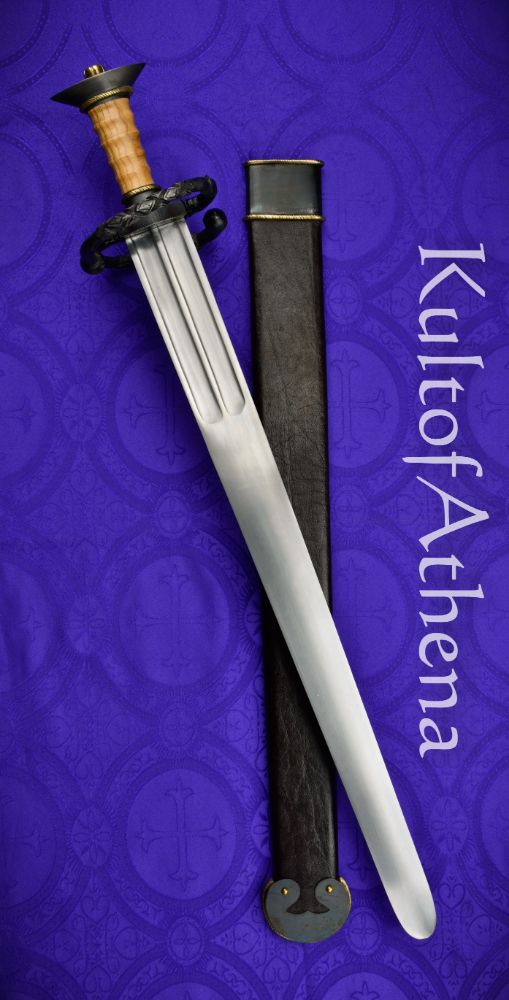

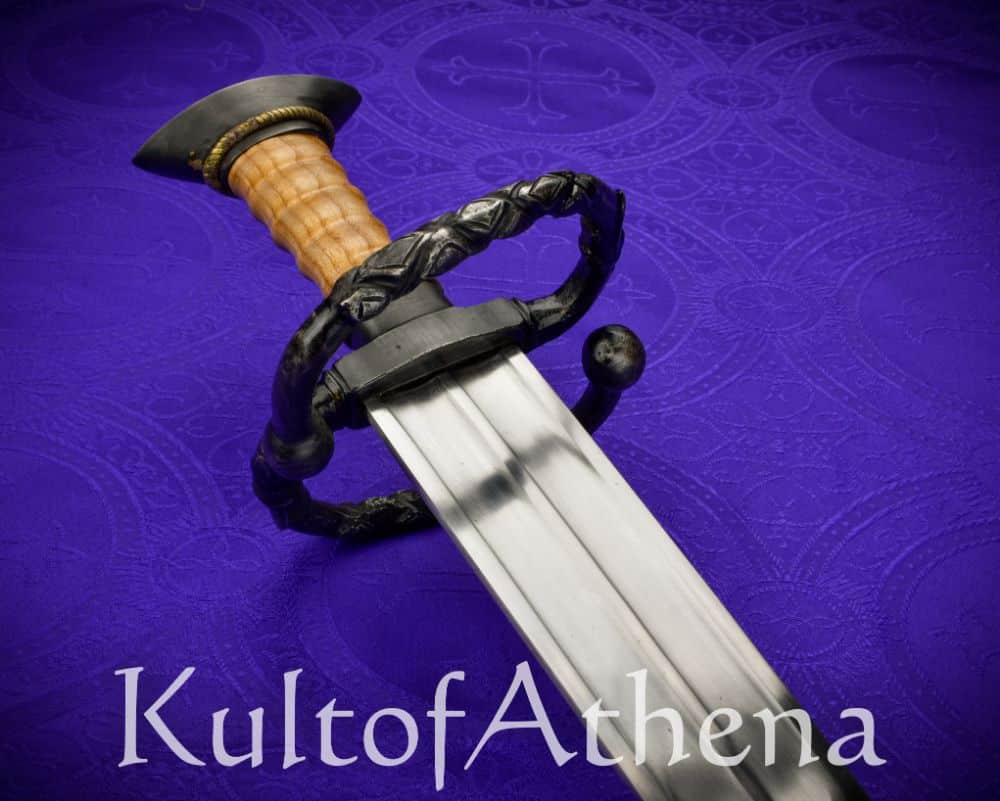
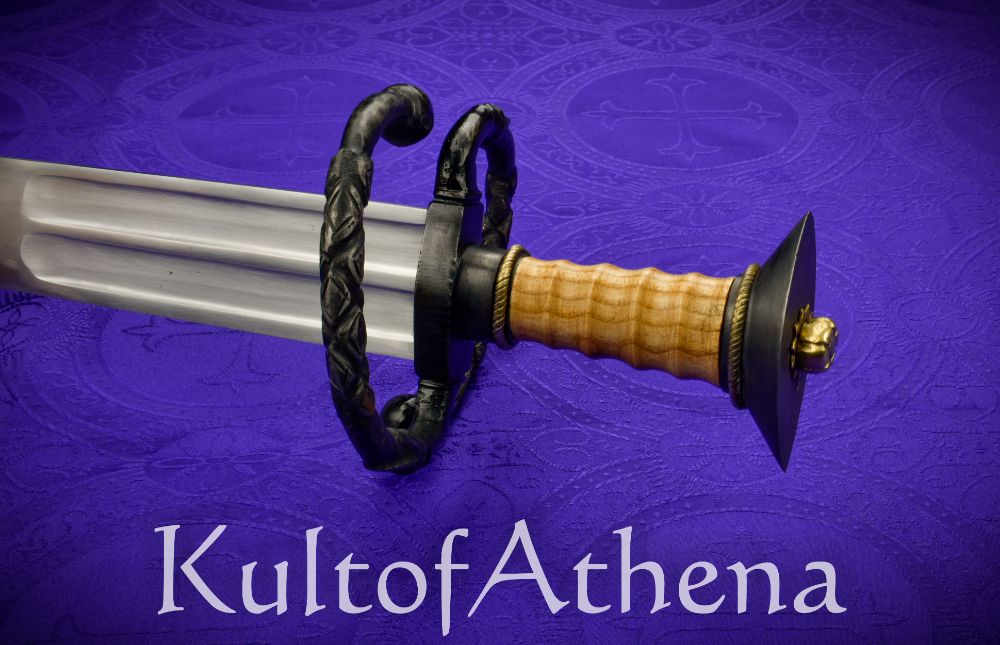

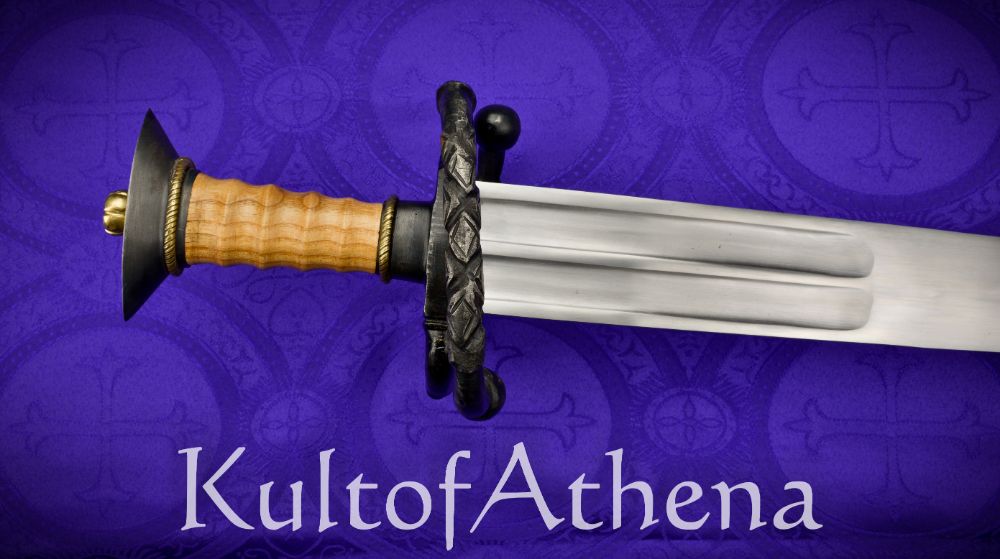
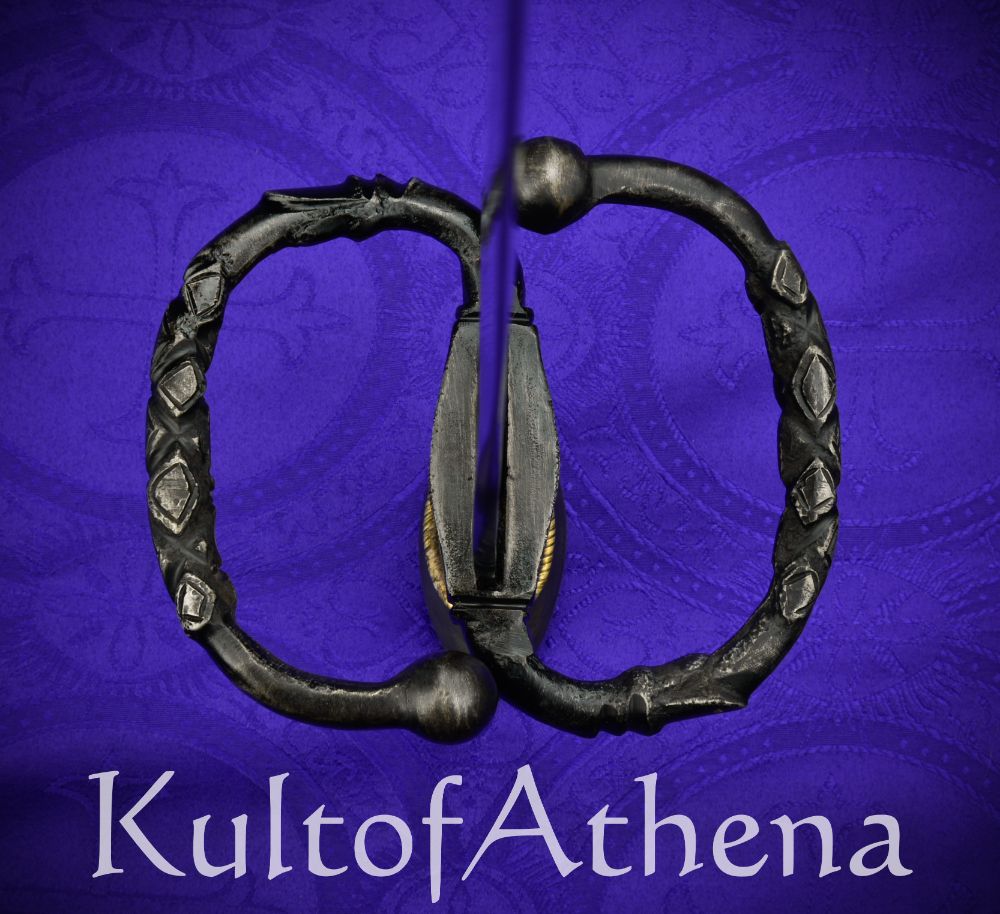
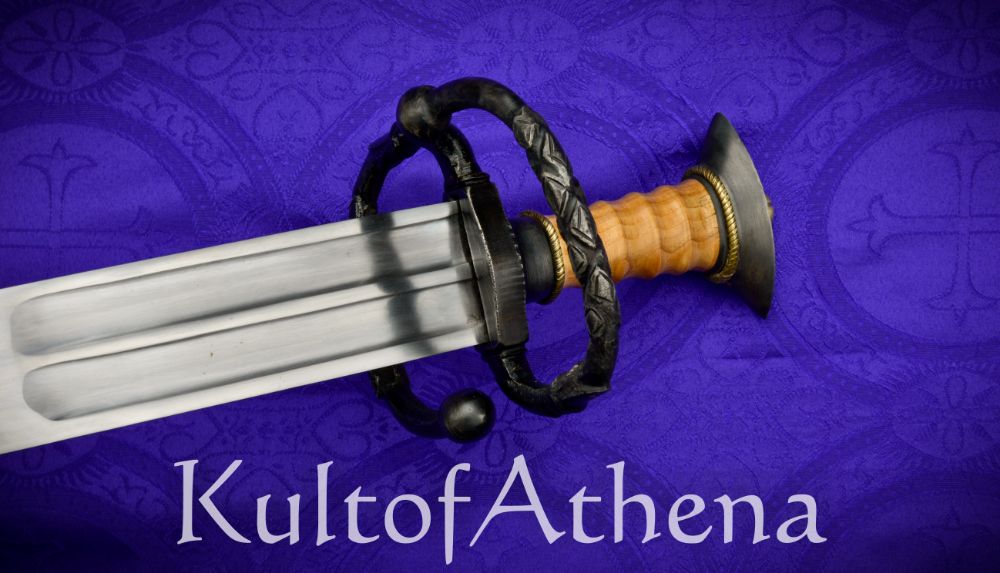
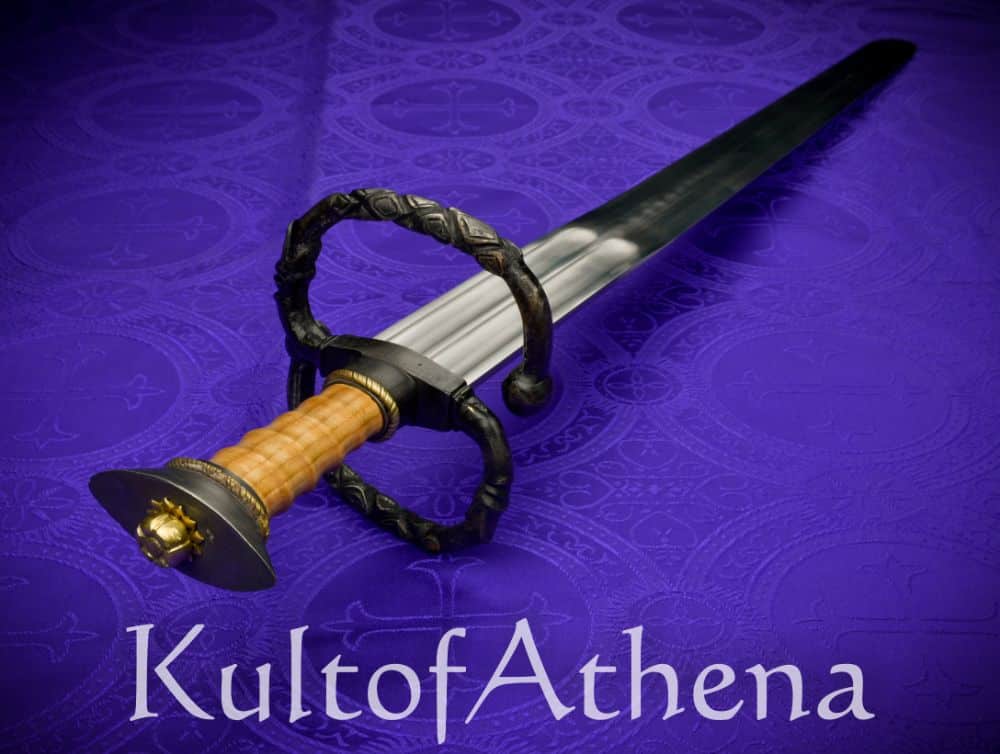

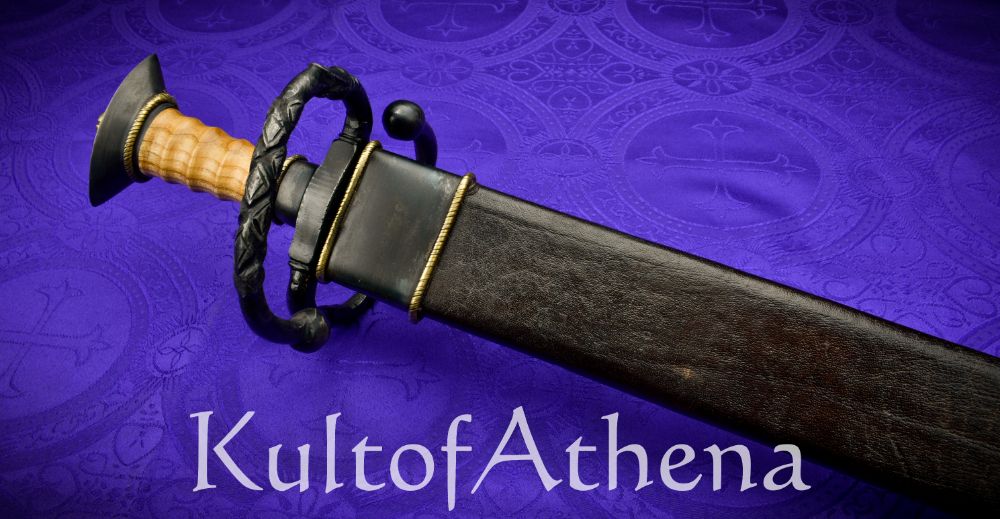
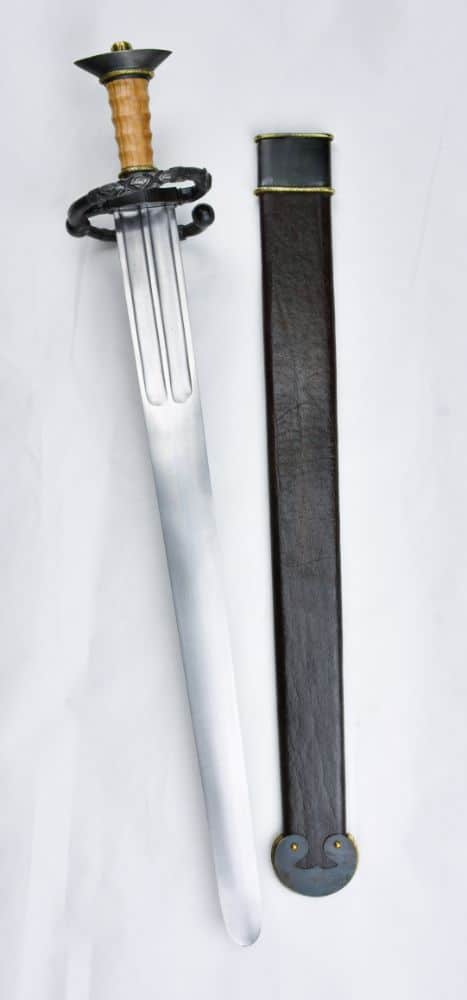


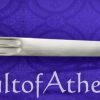
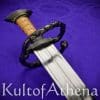


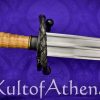



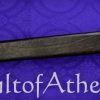


Reviews
There are no reviews yet.